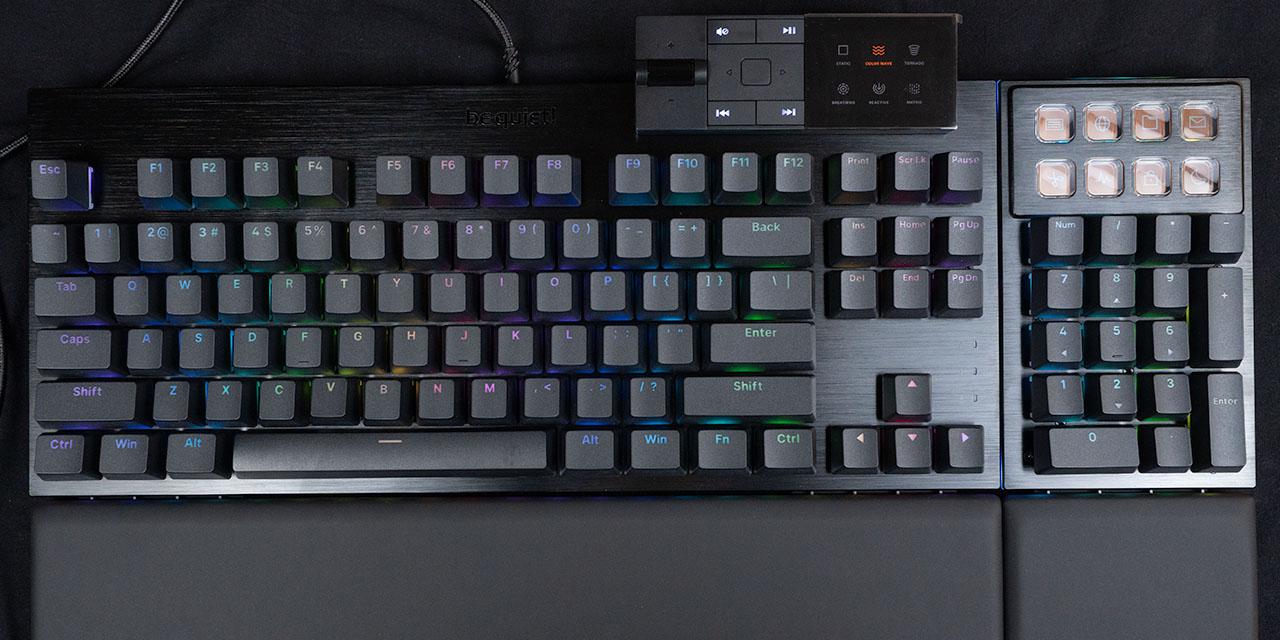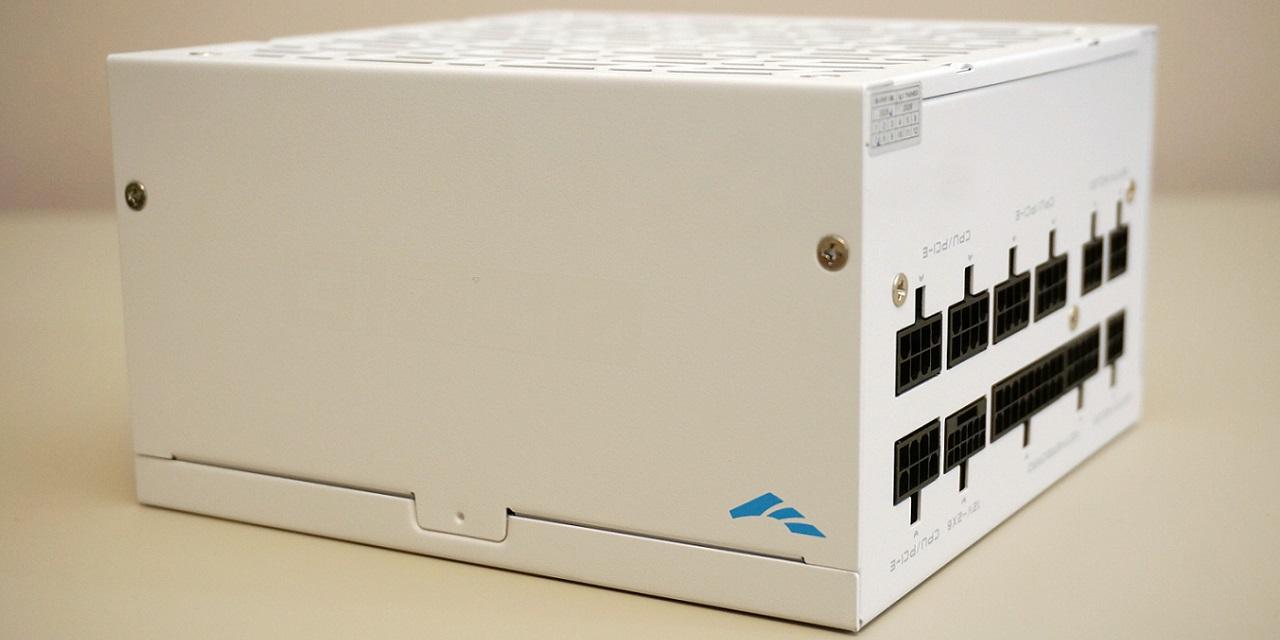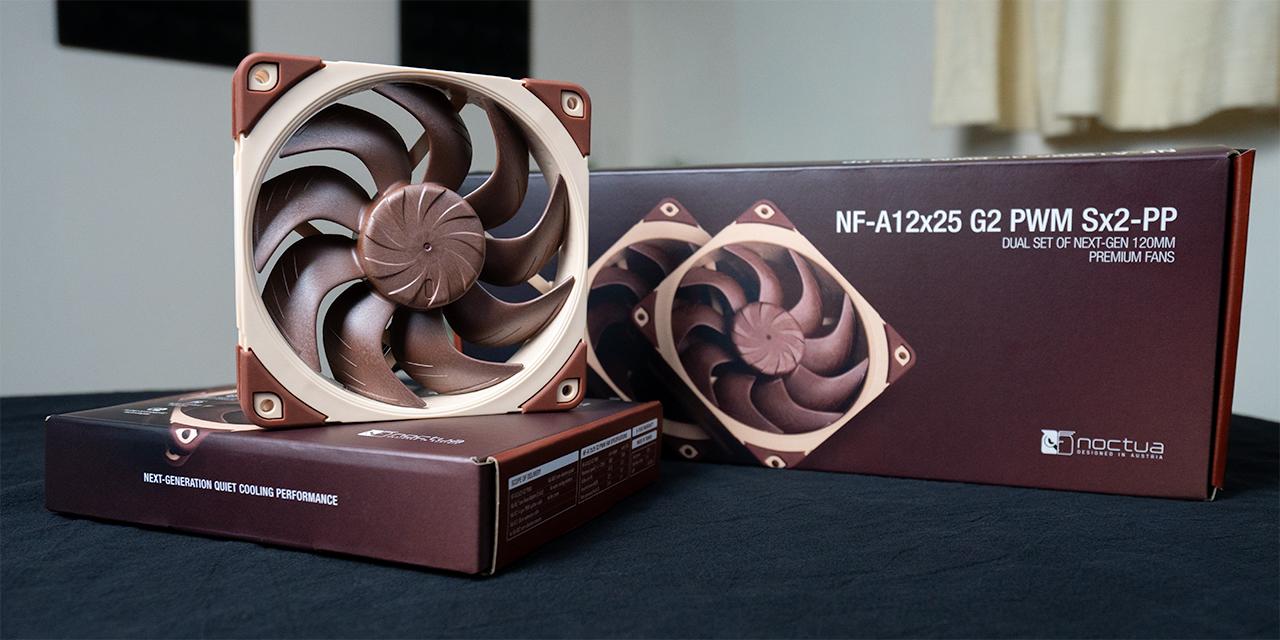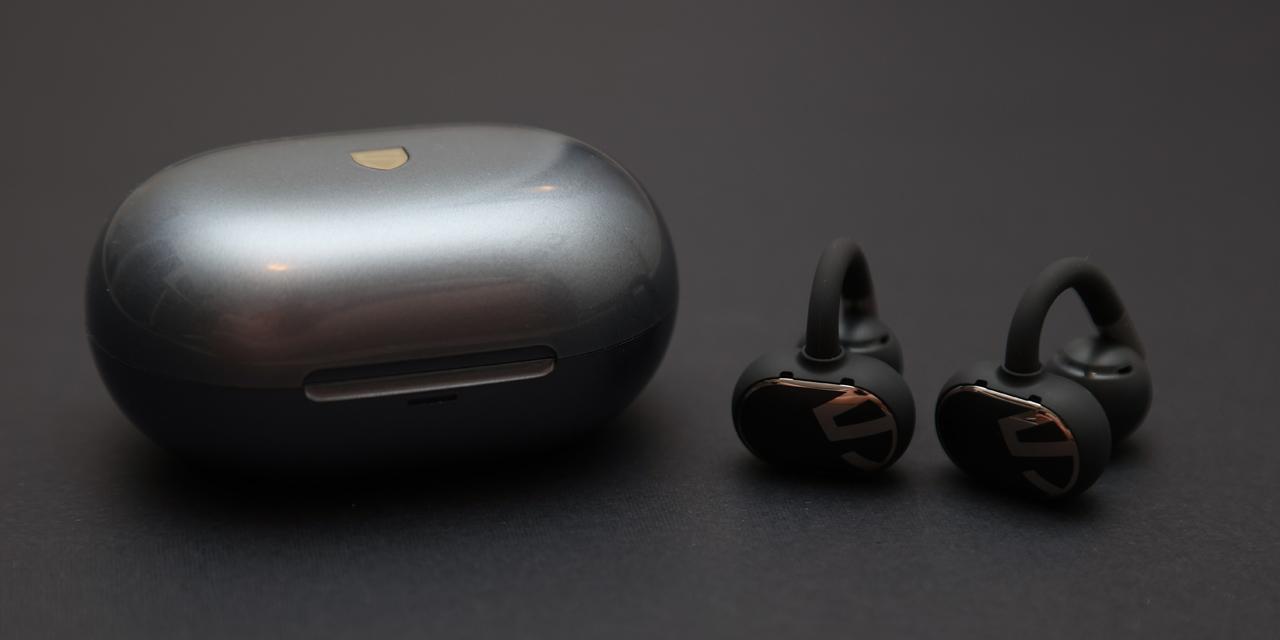|
From X-bit Labs: An excerpt from an Intel Corp.’s document reveals that the world’s largest chipmaker intends to unleash its long awaited update to the Core i7 Extreme family of chips in early September. The new code-named Ivy Bridge-E microprocessors will be launched on the first, or the second week of September, presumably ahead of the Intel Developer Forum which starts on September 10, 2013. While precise launch date of Intel Core i7-4900/4800-series “Ivy Bridge-E” microprocessors is unknown, the excerpt from the document published by Chinese version of VR-Zone web-site points to a launch window between the 4th and 11th September, 2013. Neither performance numbers nor the product specifications should be revealed in public documents ahead of actual product announcement, but partners of Intel may start advertising systems based on the new chips without disclosing details. Intel plans to release three “Ivy Bridge-E” central processing units this year: Core i7-4960X, Core i7-4930K and Core i7-4820K, according to previously released information. Two of the new microprocessors will feature six cores and one will sport four cores. The new products will feature a little higher clock-speed compared to existing Core i7 “Sandy Bridge-E” microprocessors and will continue to feature 130W thermal design power. The new processors should be drop-in compatible with LGA2011 infrastructure. Keeping in mind the fact that Ivy Bridge micro-architecture is not considerably faster than the Sandy Bridge, the Intel Core i7-4800/4900 processors will not be able to provide substantially higher performance than the existing Intel Core i7-3800/3900 chips. Still, those, who want to get even a slight performance boost can install the new chips into existing LGA2011 mainboards. According to unofficial information, the new Ivy Bridge-E/EP design, which is set to emerge in the second half of 2013 and to power various microprocessor products, will have physical twelve cores and 30MB level-three cache, up significantly from eight cores and 20MB L3 cache inside Sandy Bridge-E/EP. The Ivy Bridge-E variation of the chip will be the base for high-end enthusiast-class Core Extreme processors as well as workstation-class Xeon chips, whereas the Ivy Bridge-EP will be used for Xeon chips for dual-socket severs. View: Article @ Source Site |
 |
Intel to Launch Core i7 Ivy Bridge-E in Early September
© Since 2005 APH Networks Inc. All trademarks mentioned are the property of their respective owners.





